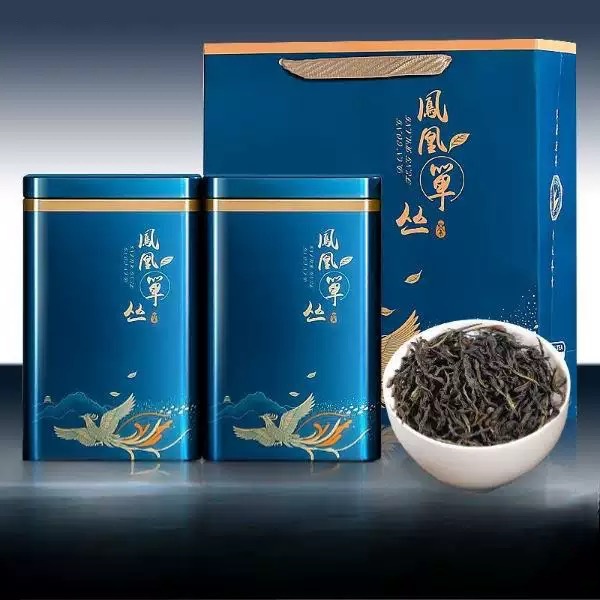Storing Oolong Tea: Best Practices for Freshness and Flavor

# Storing Oolong Tea: Best Practices for Freshness and Flavor
Introduction
Oolong tea, with its complex flavors and aromas, is a prized possession for tea enthusiasts. Proper storage is essential to maintain its freshness and unique characteristics. Whether you’re a casual drinker or a connoisseur, understanding how to store oolong tea correctly can make a significant difference in your tea-drinking experience.
Why Proper Storage Matters
Oolong tea is semi-oxidized, which means it’s more sensitive to environmental factors than fully oxidized black teas or unoxidized green teas. Exposure to air, light, moisture, and strong odors can degrade its quality, leading to loss of flavor and aroma. Proper storage helps preserve its delicate balance and extends its shelf life.
Best Practices for Storing Oolong Tea
1. Use Airtight Containers
Oxygen is one of the biggest enemies of tea freshness. Store your oolong tea in an airtight container to minimize exposure to air. Glass jars with rubber seals, ceramic canisters, or high-quality metal tins are excellent choices. Avoid plastic containers, as they can absorb odors and may not provide a perfect seal.
2. Keep Away from Light
Light, especially sunlight, can accelerate the oxidation process and degrade the tea’s quality. Store your oolong tea in a dark place or use opaque containers. If you prefer transparent containers for aesthetic reasons, keep them inside a cupboard or pantry.
3. Control Temperature and Humidity
Oolong tea should be stored in a cool, dry place. Ideal storage temperatures range between 60°F and 70°F (15°C to 21°C). Avoid storing tea in the refrigerator unless it’s specifically recommended for certain types of oolong, as condensation can introduce moisture and spoil the tea.
Keyword: Storing Oolong Tea
4. Avoid Strong Odors
Tea leaves are highly absorbent and can easily take on surrounding smells. Keep your oolong tea away from spices, coffee, or other strongly scented items. This is another reason why airtight containers are crucial—they prevent cross-contamination of odors.
5. Buy in Small Quantities
While bulk buying might seem economical, oolong tea is best enjoyed fresh. Purchase smaller quantities that you can consume within a few months to ensure you’re always drinking tea at its peak flavor.
Special Considerations for Different Oolong Types
Lightly Oxidized Oolongs
These delicate teas (like Taiwanese High Mountain oolongs) are more perishable and should be consumed within 6-12 months. Store them with extra care, possibly in the refrigerator if you live in a humid climate, but ensure they’re well-sealed to prevent moisture absorption.
Darkly Oxidized Oolongs
More heavily oxidized oolongs (like traditional Wuyi rock teas or aged oolongs) can last longer—sometimes improving with age when stored properly. These can be kept in a cool, dark place for several years.
Common Storage Mistakes to Avoid
- Leaving tea in its original packaging after opening (transfer to an airtight container)
- Storing near heat sources like stoves or ovens
- Using the same scoop for different teas without washing
- Opening containers frequently, exposing tea to air
Conclusion